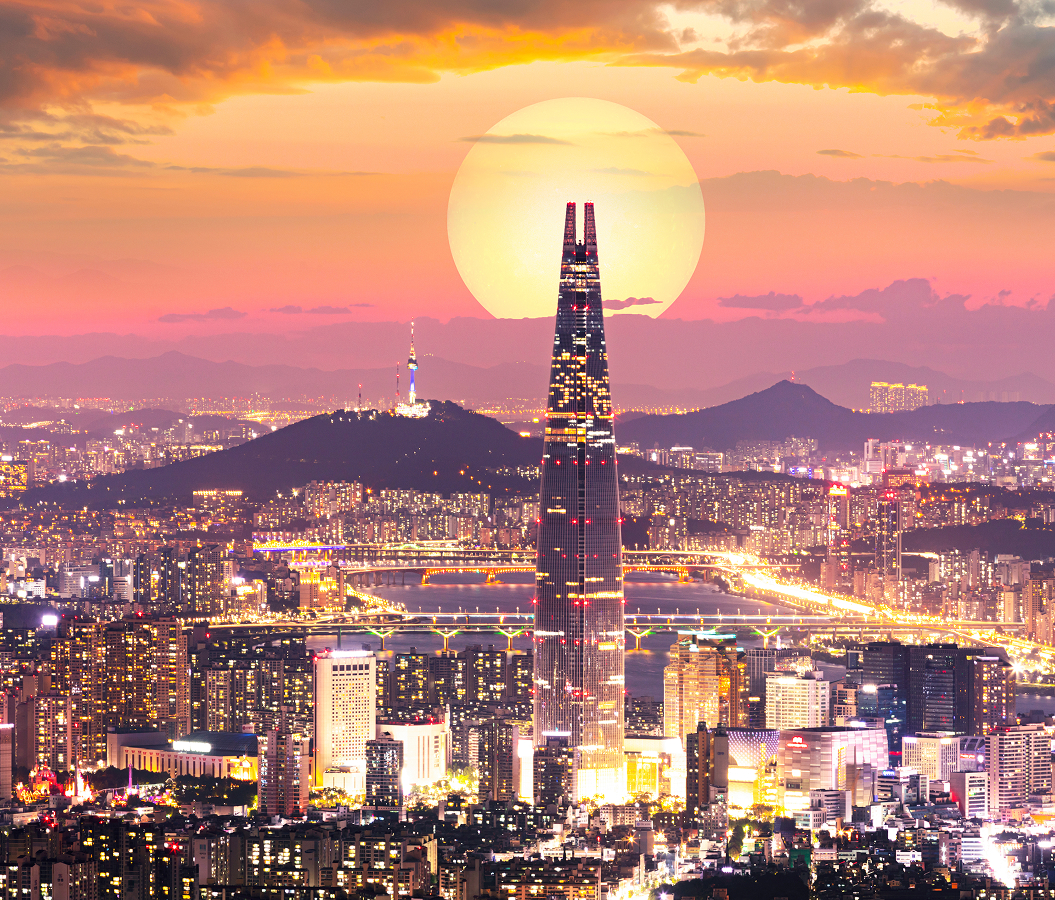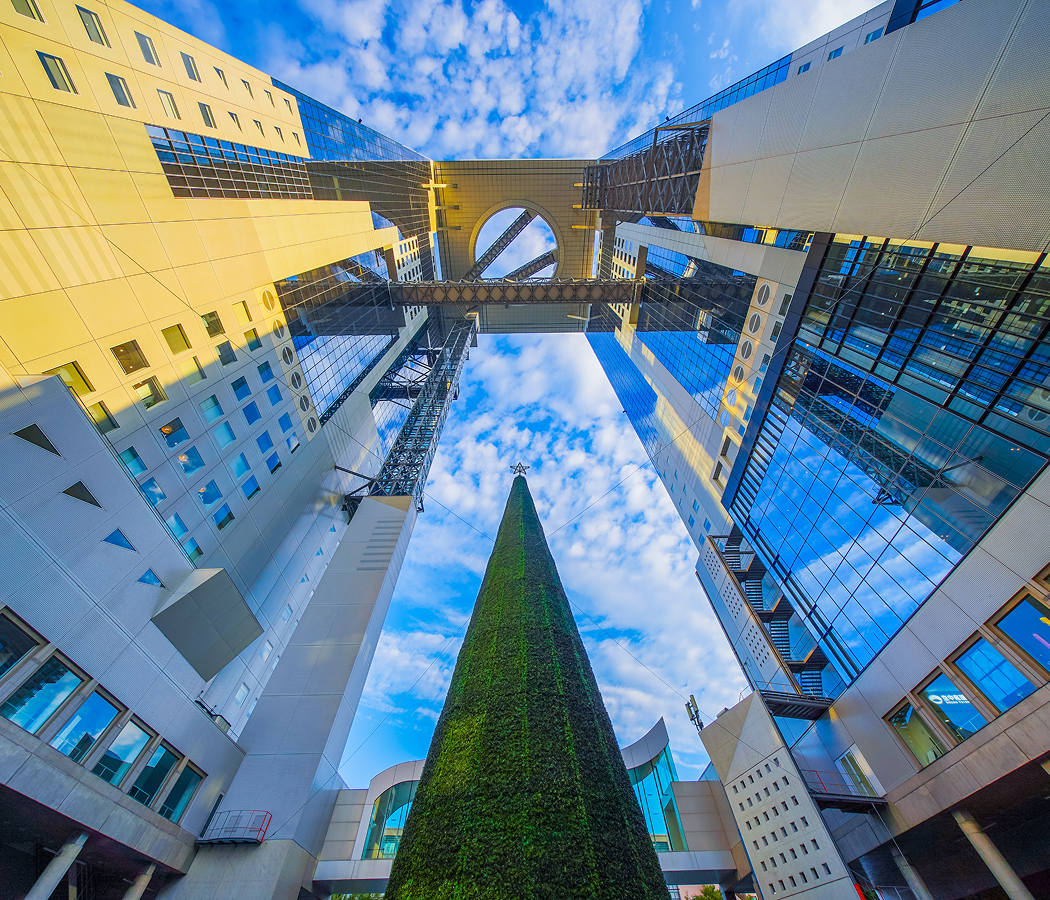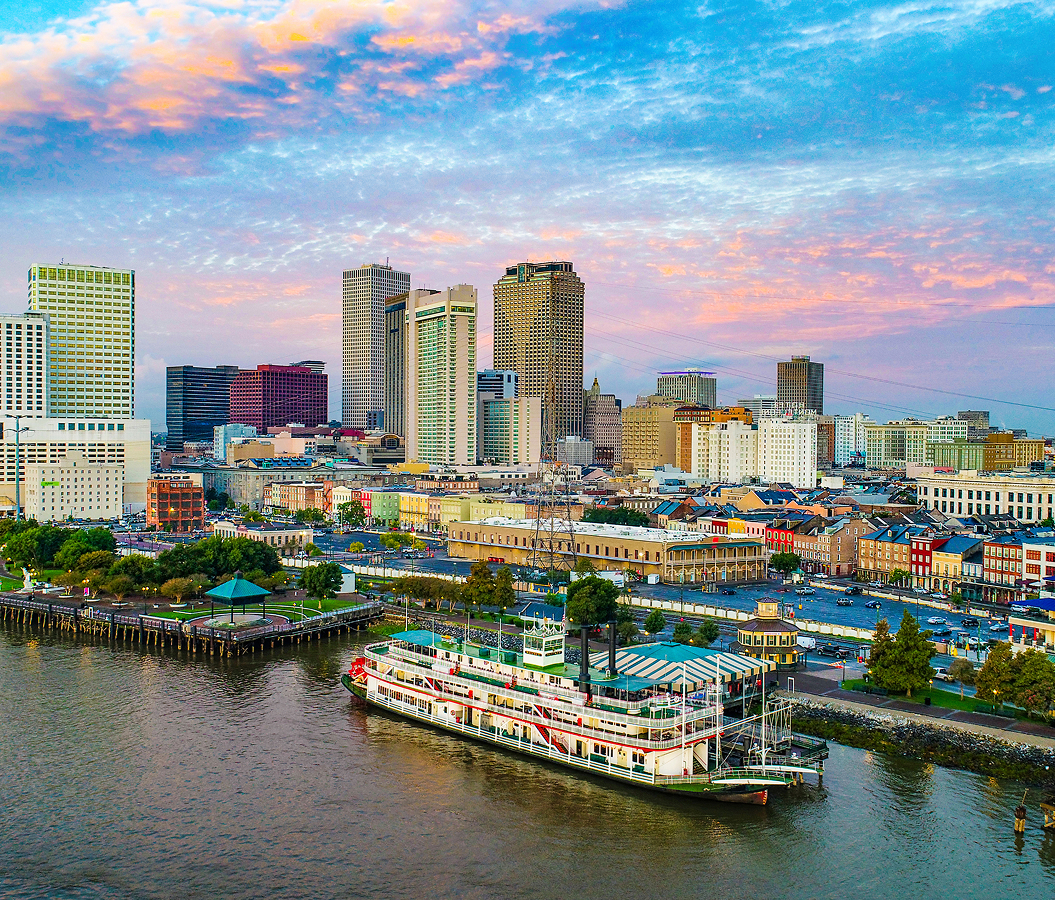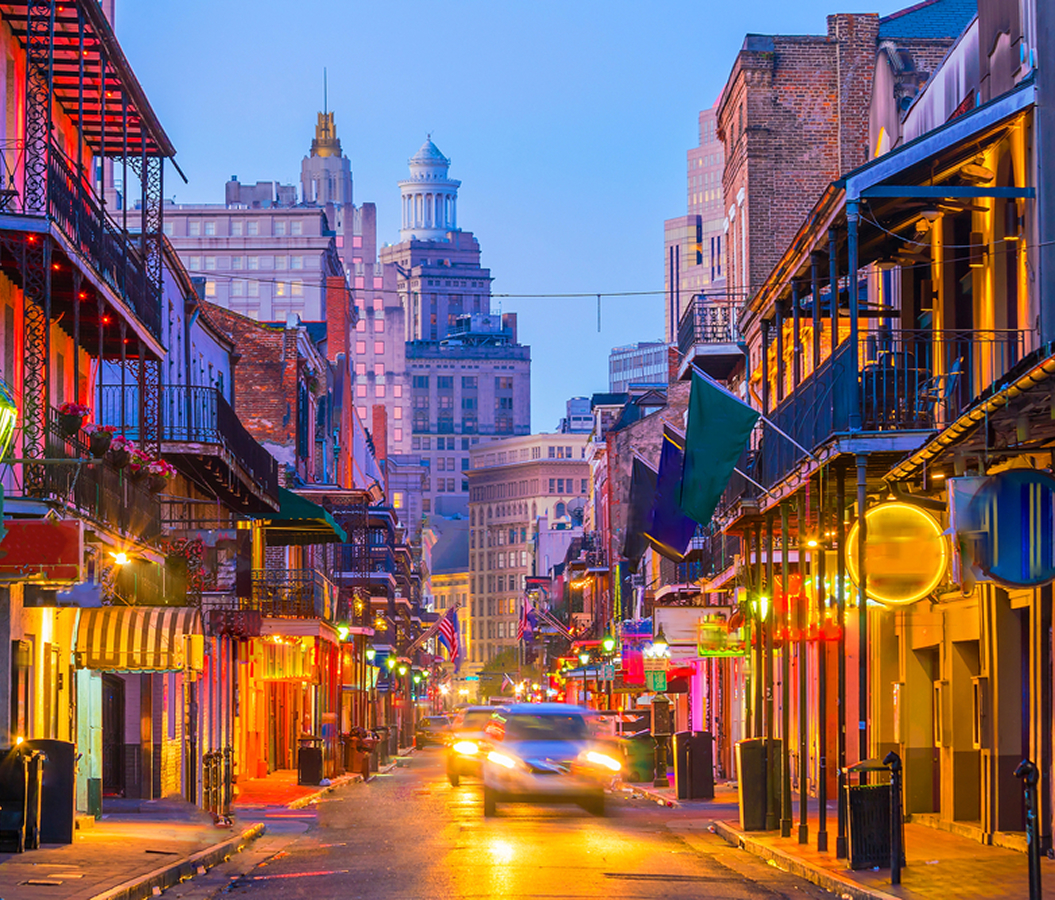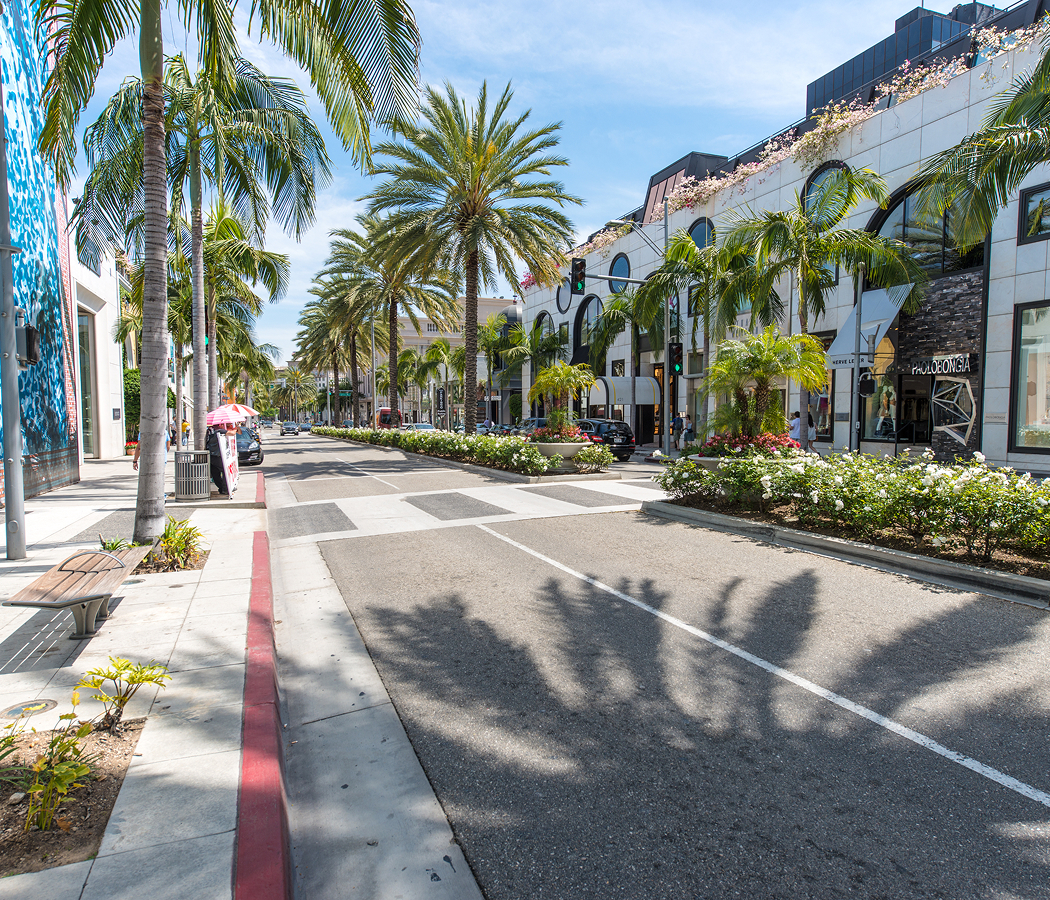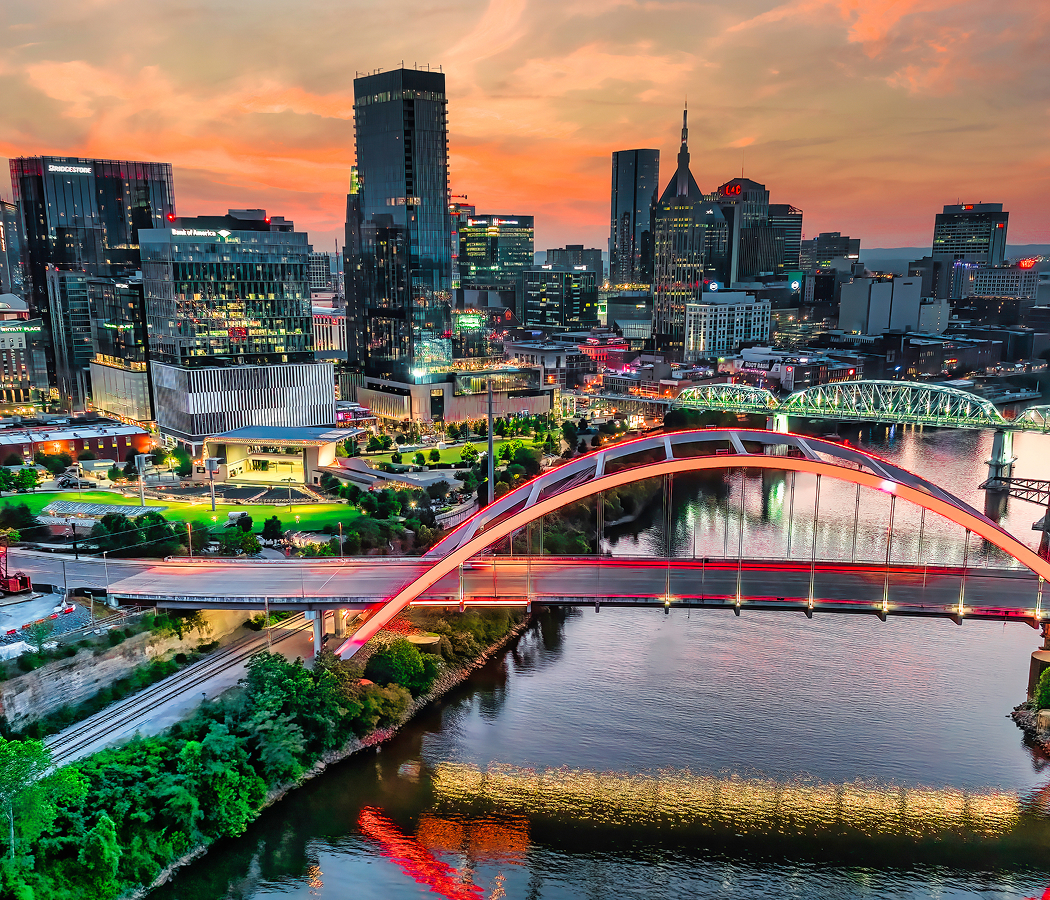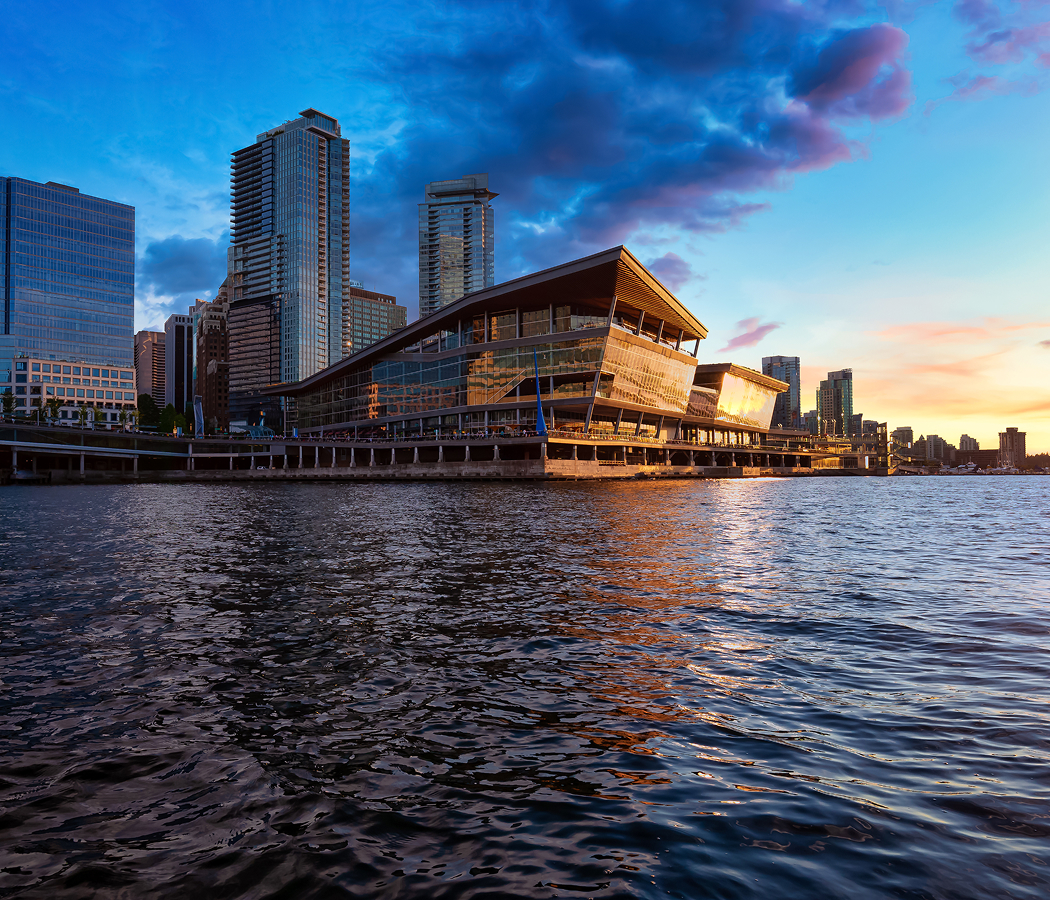
Why you should experience Bukchon Hanok Village in Seoul.
Bukchon Hanok Village in Seoul is where time pauses, and the city’s heartbeat slows to a quiet rhythm echoing centuries past.
Nestled between the majestic Gyeongbokgung and Changdeokgung Palaces, this historic neighborhood is a living museum of traditional Korean architecture and artistry. Its name, Bukchon, literally means “northern village,” a reference to its position within the ancient capital, and today it stands as one of the most evocative remnants of Korea’s Joseon-era heritage. Walking through its narrow lanes lined with hanok, wooden homes with tiled roofs and graceful curves, you can feel history breathing through every stone and beam. The village’s layout follows the natural contours of the land, offering hidden courtyards, elegant walls, and glimpses of Seoul’s skyline peeking just beyond. Each hanok tells its own story: some remain private residences passed down through generations, while others have transformed into tea houses, art galleries, or cultural centers. As modern Seoul hums in the distance, Bukchon remains suspended between eras, a place where tradition isn’t performed, it’s lived.
What you didn’t know about Bukchon Hanok Village.
Bukchon Hanok Village isn’t just a neighborhood, it’s a story of survival, adaptation, and pride.
During the Joseon dynasty, this area housed high-ranking government officials and aristocrats who lived in harmony with Confucian ideals of simplicity and balance. The hanok were designed to reflect these values: built with natural materials like pine, clay, and stone, they embody the Korean principle of baesanimsu, living with the mountains at your back and water flowing before you. As the 20th century brought war, modernization, and urban sprawl, many traditional neighborhoods vanished under concrete and glass. Bukchon, too, faced decline, but a government preservation initiative in the 1990s revived it as a cultural treasure. Today, over 900 restored hanok remain, carefully maintained to preserve their authenticity. The beauty of Bukchon lies not in grandeur, but in its human scale, each courtyard garden, low doorframe, and paper window tells a story of everyday life shaped by mindfulness and grace. Hidden among the alleys are landmarks that reveal deeper layers of Seoul’s soul: Gahoe Museum, which displays folk art and amulets symbolizing good fortune; Baek In-je House, an immaculately preserved 1913 mansion blending Japanese and Korean design influences; and the Bukchon Traditional Craft Center, where visitors can learn the art of knotting, calligraphy, and ceramics. What most visitors don’t realize is that Bukchon remains an active residential area, its tranquility isn’t staged, but real, lived by families who continue to care for their ancestral homes. That authenticity gives the village its quiet power: it’s not a reconstruction of history but a continuation of it.
How to fold Bukchon Hanok Village into your trip.
Exploring Bukchon Hanok Village is best done on foot and without hurry, it’s less a sightseeing stop than a slow unraveling of stories.
Start your walk from Anguk Station’s Exit 2 and follow the Bukchon Eight Views Trail, a route that reveals the most scenic perspectives of the village. As you climb the gentle slopes, you’ll pass intimate scenes of daily life: an artist painting on a stoop, an elderly woman tending to flowers, the faint sound of a gayageum string instrument drifting from an open window. The main viewpoints, such as Bukchon-ro 11-gil, offer postcard-worthy views of traditional rooftops flowing toward modern skyscrapers in the distance, a perfect metaphor for Seoul itself. Visit mid-morning for soft light and fewer crowds, and remember to keep your voice low out of respect for residents. Pop into a traditional tea house like Cha Masineun Tteul for a quiet moment of reflection or explore the craft studios where artisans hand-shape pottery and silk fans. If you’re interested in photography, late afternoon offers a golden glow that sets the hanok roofs ablaze with warmth. Combine your visit with nearby Insadong or Samcheong-dong, where boutique galleries and cafés carry Bukchon’s spirit into a more modern form. Bukchon Hanok Village isn’t just about architecture, it’s about continuity, community, and care. Standing in its labyrinth of alleys, you sense the rarest feeling in a megacity: stillness. And in that stillness, the past doesn’t feel distant at all, it feels alive.
Hear it from the Foresyte community.
Everyone shows up for the insta shot, but you hang around long enough and you’ll catch an old lady watering plants on a stone porch like nothing’s changed in 600 years. Kinda humbling.
Where meaningful travel begins.
Start your journey with Foresyte, where the planning is part of the magic.
Discover the experiences that matter most.



